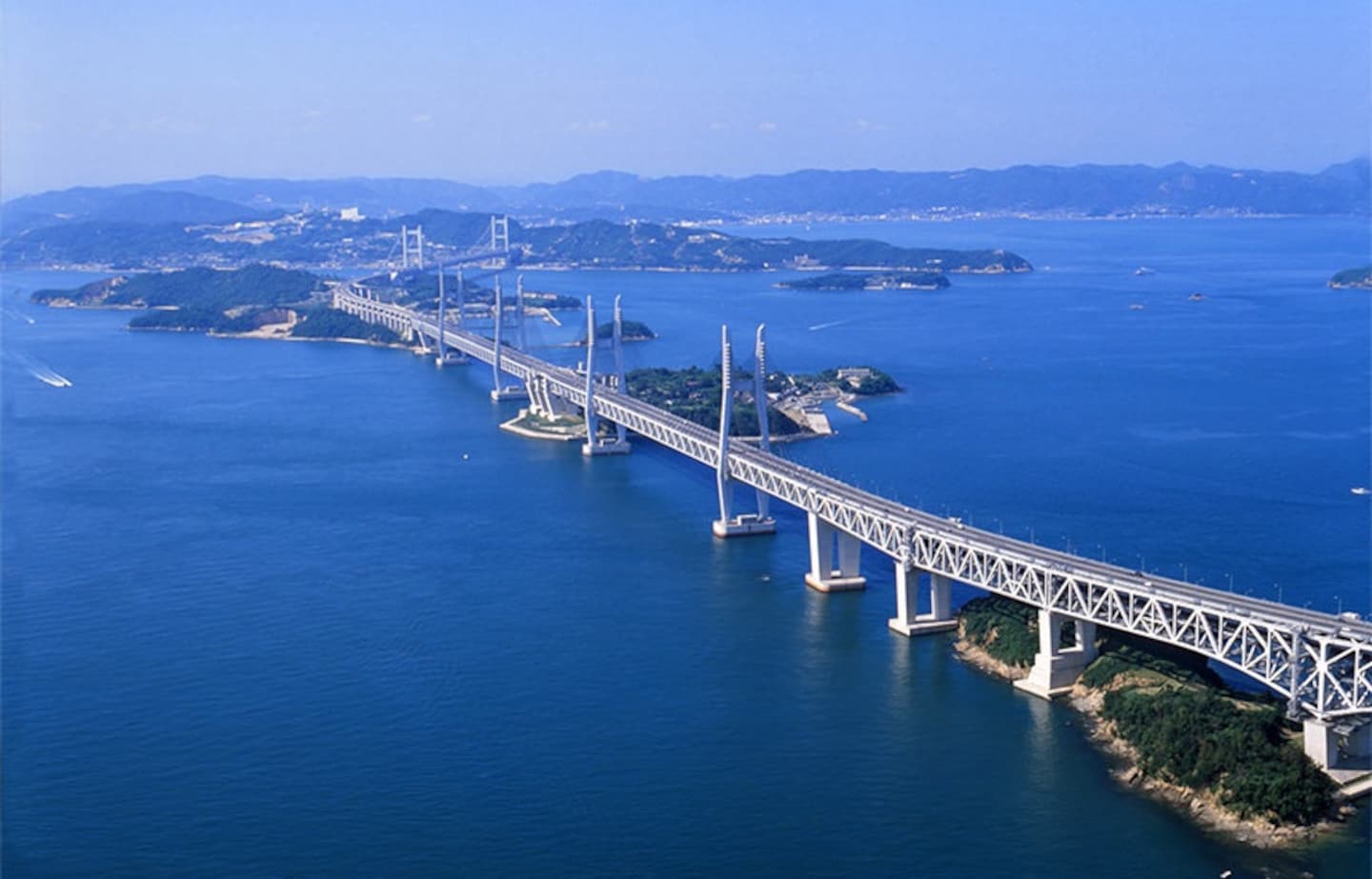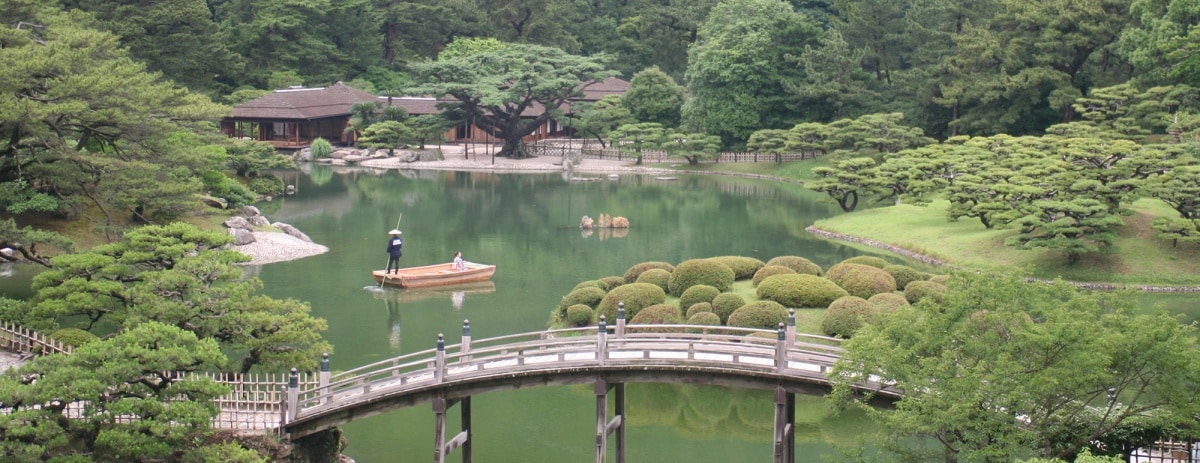Top 3 Things to Experience in Takamatsu
Takamatsu is the capital of Kagawa Prefecture, located on the northeast quarter of the island of Shikoku. A port city situated across the Seto Inland Sea from Okayama Prefecture, it's steeped in both historical and contemporary culture, featuring everything from a castle and an expansive traditional garden to art museums and lacquerware makers.
By Sugu AlthomsonsTakamatsu is designated as a "core city", meaning that it has more responsibilities and governing power than a small town, but less than that of a prefecture or so-called "designated city." Indeed, with a population of around 420,000 (as of 2010), Takamatsu is a little smaller than Nagasaki City, and comes in around the same size as the city of Miami, Florida.
While there's a small airport here, you can also arrive by train or car via the Great Seto Bridge, a double-deck bridge that spans 13.1 kilometers (about 8 miles) and five small islands between picturesque Kurashiki City in Okayama and Sakaide City in Kagawa. If you're into sports, Takamatsu has four professional, semi-pro and amateur sports teams, including baseball (Kagawa Olive Guyners), soccer (Kamatamare Sanuki), basketball (Takamatsu Five Arrows) and ice hockey (Kagawa Ice Fellows).
3. Kagawa Lacquerware
https://vimeo.com/116822336
Lacquerware has been made in Japan since the Jomon Period (14,000-300 B.C.), and saw an increase in prevalence with the rise of Buddhism during the Nara Period (710-794).
Kagawa Prefecture, and Takamatsu City in particular, developed its own style of lacquerware under the patronage of the Matsudaira Clan during the Edo Period (1600-1868), brought to its peak form by master craftsman Zokoku Tamakaji (1807-1869). Now recognized as a Traditional Craft of Japan, this style of lacquerware is called Kagawa Shikki.
Kagawa Shikki actually comprises five major styles of lacquerware: kinma, goto-nuri, choshitsu, zonsei and zokoku-nuri. It's said that these types of lacquerware get better with age, with the luster and shine brought out over time, and even scratches adding to the charm of each work.
Kinma, considered the "king" of Kagawa lacquerware, starts with several layers of black or vermilion lacquer on wood, which is then etched with a very fine chisel. The etchings are filled with a colored lacquer, usually gold. Finally, it is polished to achieve a flat surface. The kinma technique is actually said to have originated in Mynamar and Thailand, and was introduced to Japan during the Muromachi Period (1336-1573), with the name referring to that of a botanical leaf from Myanmar.
To celebrate all the variety of lacquerware that Takamatsu produces, there's an annual festival (Shikki Matsuri) held in mid-March showcasing notable works from the area.
2. Setouchi Triennale
The Setouchi International Art Festival (Setouchi Triennale) began in 2010 and occurs every three years. The 2016 event features some 200 works spread over a dozen islands in the Seto Inland Sea, and takes place over 108 days, divided between spring, summer and fall. For exact dates and tickets, check out the official page below.
The Seto Inland Sea was historically a major route for shipping, including trade to other countries, which contributed to the rise of Osaka as a major commercial city. However, the concentration of population in Japan's major cities has led to a slow deterioration of the islands, as citizens move away and leave no progeny to come back. This is why the Setouchi Triennale is so important to the region, as the organizers want to revitalize the Seto Inland Sea.
The art festival features both outdoor and indoor exhibits, in museums as well as old abandoned houses. For advice and tips on how to get the most out of the event, check out Setouchi Explorer's great page here.
1. Ritsurin Garden
Completed in 1745, but opened to the public in 1875, this garden is one of the oldest public gardens in Japan, containing a circuit pathway that meanders through about 75 hectares (185 acres) of land. It has been designated a Special Place of Scenic Beauty, the largest garden in Japan to bear this distinction.
You can take a small boat ride to see all around the South Pond. Overlooking the pond is a traditional tea house, named Kikugetsu-tei, where you can enjoy tea amid the greenery. Here you can also find the Sanuki Folk Craft Museum, which displays folk craft and art from the area.
The garden presents a variety of seasonal plants so there's something to see throughout the year, and anytime is a wonderful time to visit.







